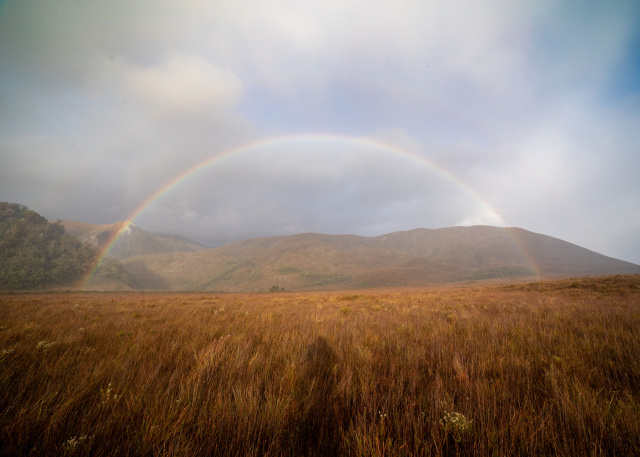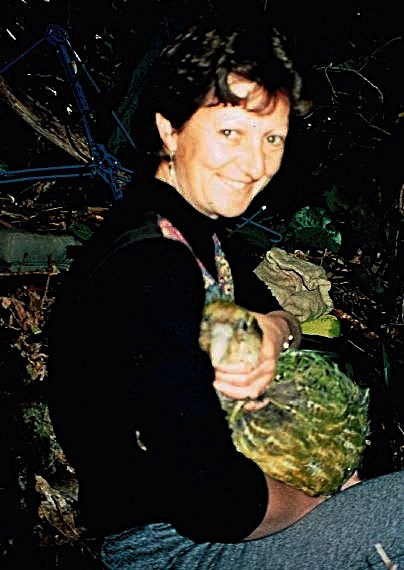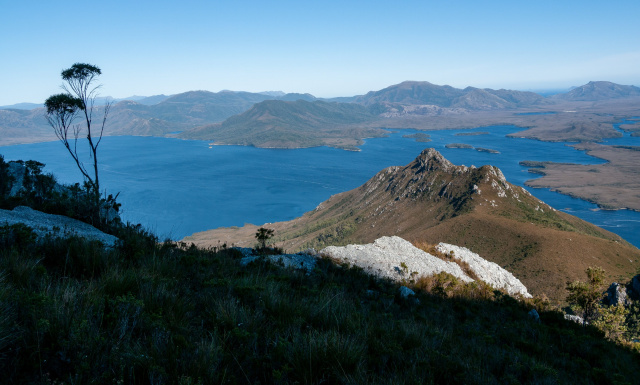The nature of sound and the elusive ground parrot
My first job in the state government was in 1989 on a two-year contract working on the ground parrot and wow, what a learning curve that was. Unless flushed, ground parrots live entirely on the ground so you rarely see them. They only call for 10 or so minutes at dawn or dusk, so their call is the only indicator or their presence and abundance. All of my recordings were in early evenings when their beautiful call rises from the sedge-land plains like an orchestra of duets and choruses.
At a central point you can mark on a circle every call heard at a distance and at the end of the listening period you can estimate the number of individuals per hectare.

When they're finished calling, it was dark so in remote locations with just a backpack and head torch it’s not always easy to see which direction to go. No mobile phone, no gps or satellite trackers, just printed maps, compass, flagging tape and a lot of funny stories.
That project taught me about listening and learning from sound. Intensity, direction, duration, tonal qualities, complexity and language. After two years, I knew what they were saying and why.
Ground parrots and night parrots are Australian birds but the third ground dwelling parrot, the kakapo, took me to New Zealand on a four-month fellowship to study threatened species. It was an opportunity to see NZ perilous state of conservation and the fantastic programs underway to restore and repair the damage.

Nowadays we use song meters and remote loggers to detect and track bird species so my project is unlikely to ever be repeated. Technology is rapidly transforming our understanding of species ecology but our eyes, ears and heart will always be the drivers.
A balance between technology and time in the field is what young scientists need to strive for.
30 years on my most important assets are my eyes and ears - it's not only what I look at, but what I hear that tells me about the health of nature.

My first job in the state government was in 1989 on a two-year contract working on the ground parrot and wow, what a learning curve that was. Unless flushed, ground parrots live entirely on the ground so you rarely see them. They only call for 10 or so minutes at dawn or dusk, so their call is the only indicator or their presence and abundance. All of my recordings were in early evenings when their beautiful call rises from the sedge-land plains like an orchestra of duets and choruses.
At a central point you can mark on a circle every call heard at a distance and at the end of the listening period you can estimate the number of individuals per hectare.

When they're finished calling, it was dark so in remote locations with just a backpack and head torch it’s not always easy to see which direction to go. No mobile phone, no gps or satellite trackers, just printed maps, compass, flagging tape and a lot of funny stories.
That project taught me about listening and learning from sound. Intensity, direction, duration, tonal qualities, complexity and language. After two years, I knew what they were saying and why.
Ground parrots and night parrots are Australian birds but the third ground dwelling parrot, the kakapo, took me to New Zealand on a four-month fellowship to study threatened species. It was an opportunity to see NZ perilous state of conservation and the fantastic programs underway to restore and repair the damage.

Nowadays we use song meters and remote loggers to detect and track bird species so my project is unlikely to ever be repeated. Technology is rapidly transforming our understanding of species ecology but our eyes, ears and heart will always be the drivers.
A balance between technology and time in the field is what young scientists need to strive for.
30 years on my most important assets are my eyes and ears - it's not only what I look at, but what I hear that tells me about the health of nature.

You might like...

Bruny Island crucial for the Swift Parrot
Bruny Island is one of the most important breeding habitats for the Swift Parrot. It has the habitat that the Swift Parrots need to produce their chicks in tree hollows, and it is also free of the Sugar Glider – a key introduced predator.

Bruny Island - lunawanna-alonnah field guide
The Bruny Field guide is a special project that is ‘crowd-sourcing’ a rich, beautiful and comprehensive guide to the natural history of Bruny Island, its stories, conservation needs and how to see, connect with and be inspired by this extraordinary place

Geological History of Bruny Island
The geological event that dominates present day South Bruny was the rising up of huge volumes of magma from the Earth's crust 174 million years ago. When hardened, this formed dolerite which can be seen in South Bruny's stunning sea cliffs.

Deosai: The Last Sanctuary
This documentary explores the life of the wonderful Himalayan Brown Bear and the efforts to conserve it in the Deosai plateau.
Newsletter
Sign up to keep in touch with articles, updates, events or news from Kuno, your platform for nature
